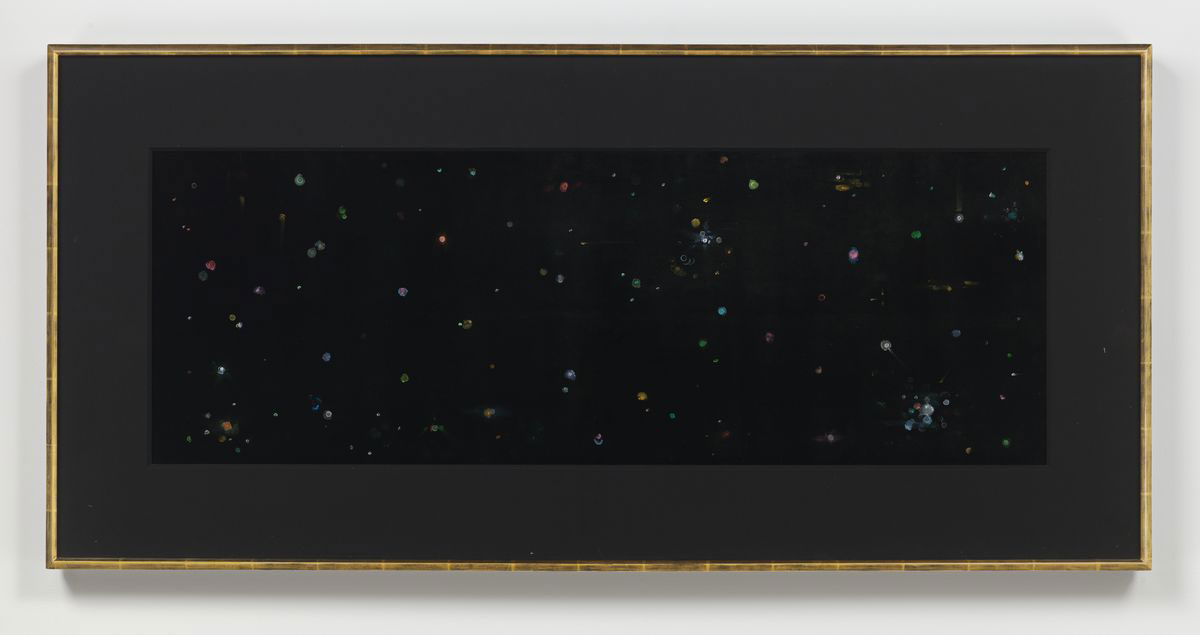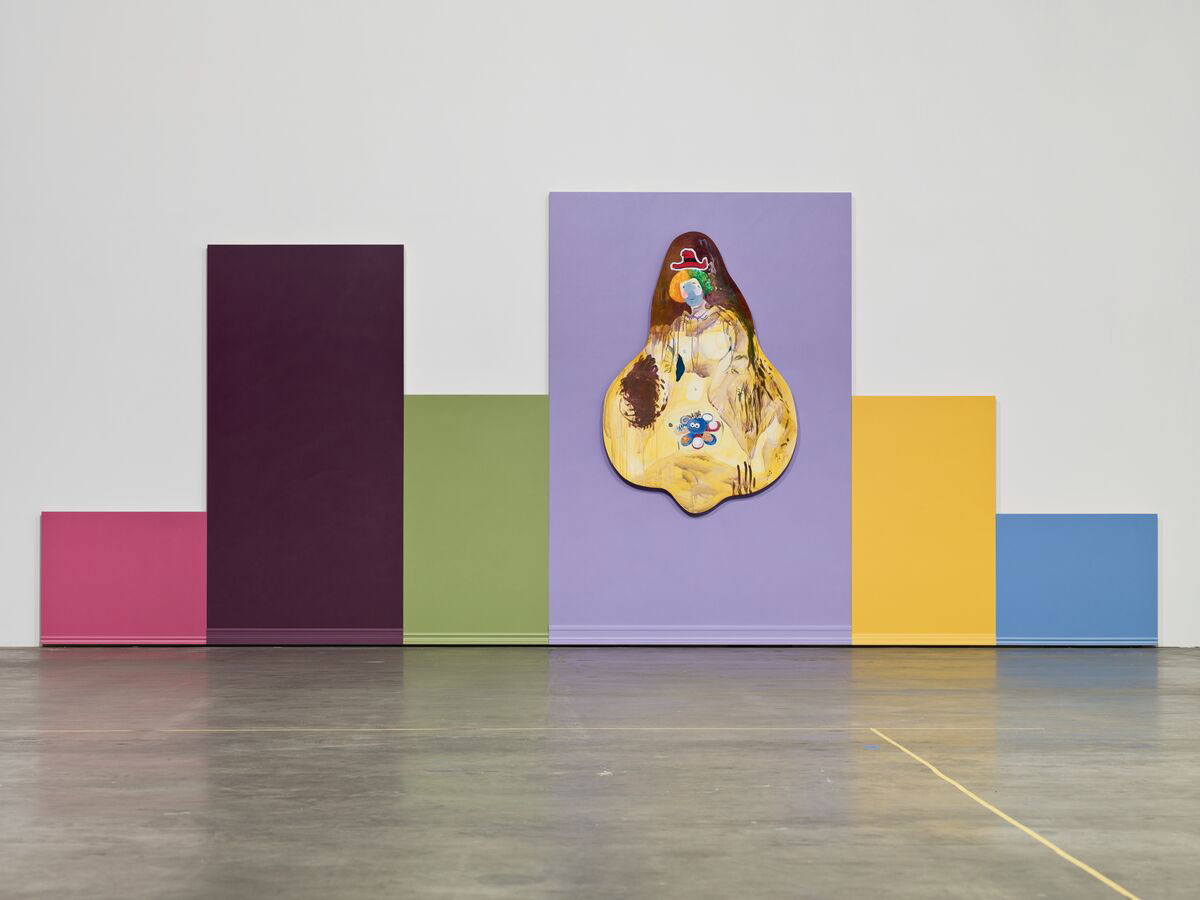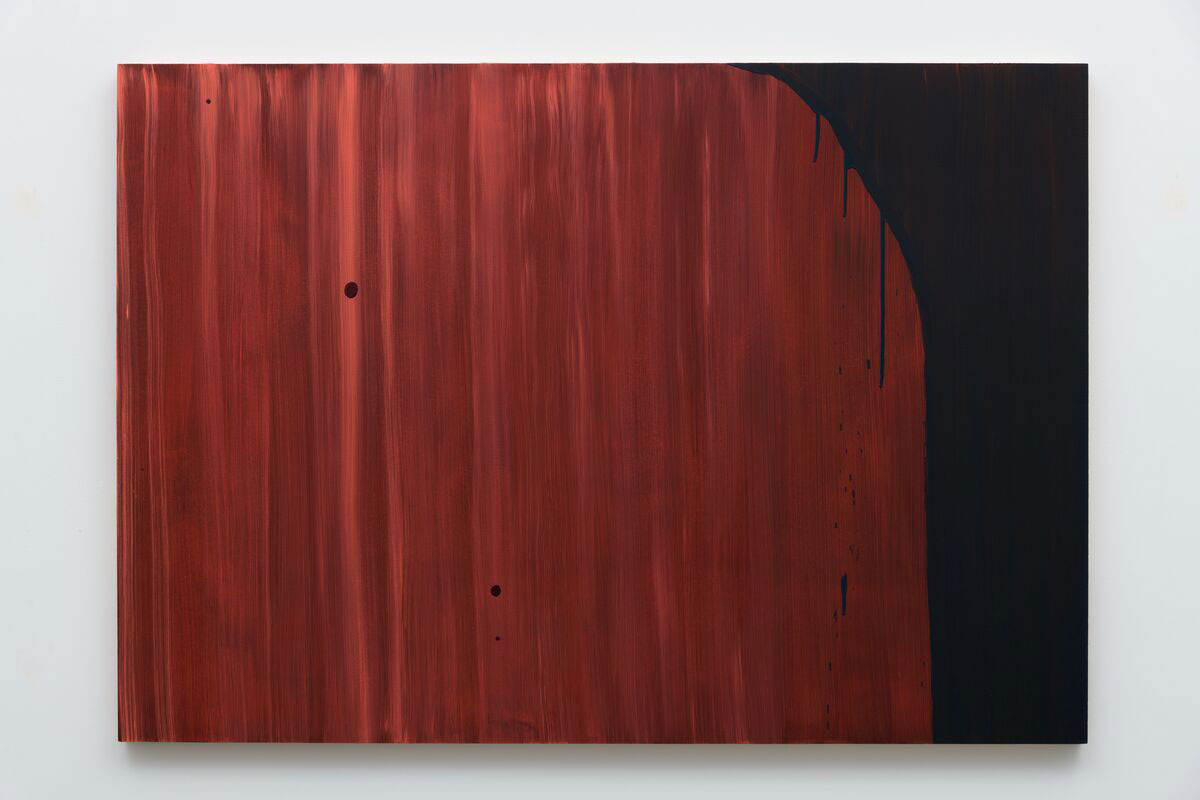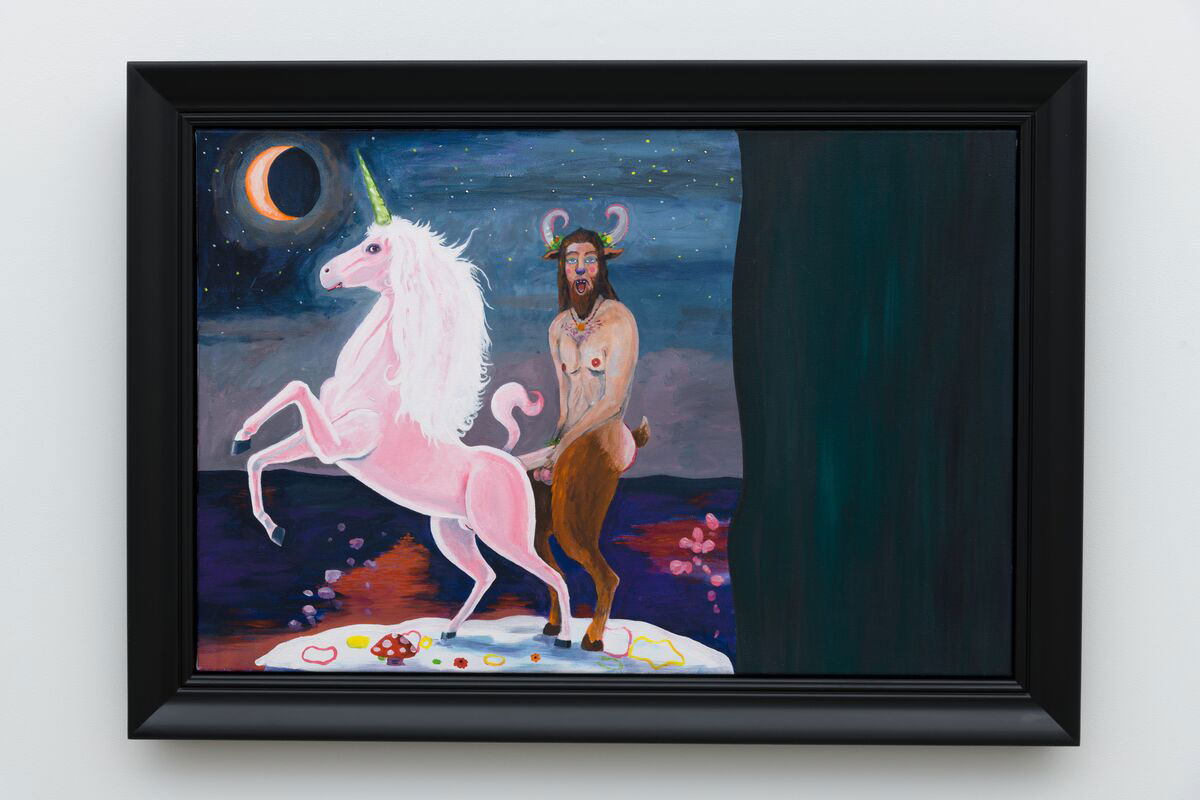ART-PRESENTATION: Mike Kelley-Timeless Painting
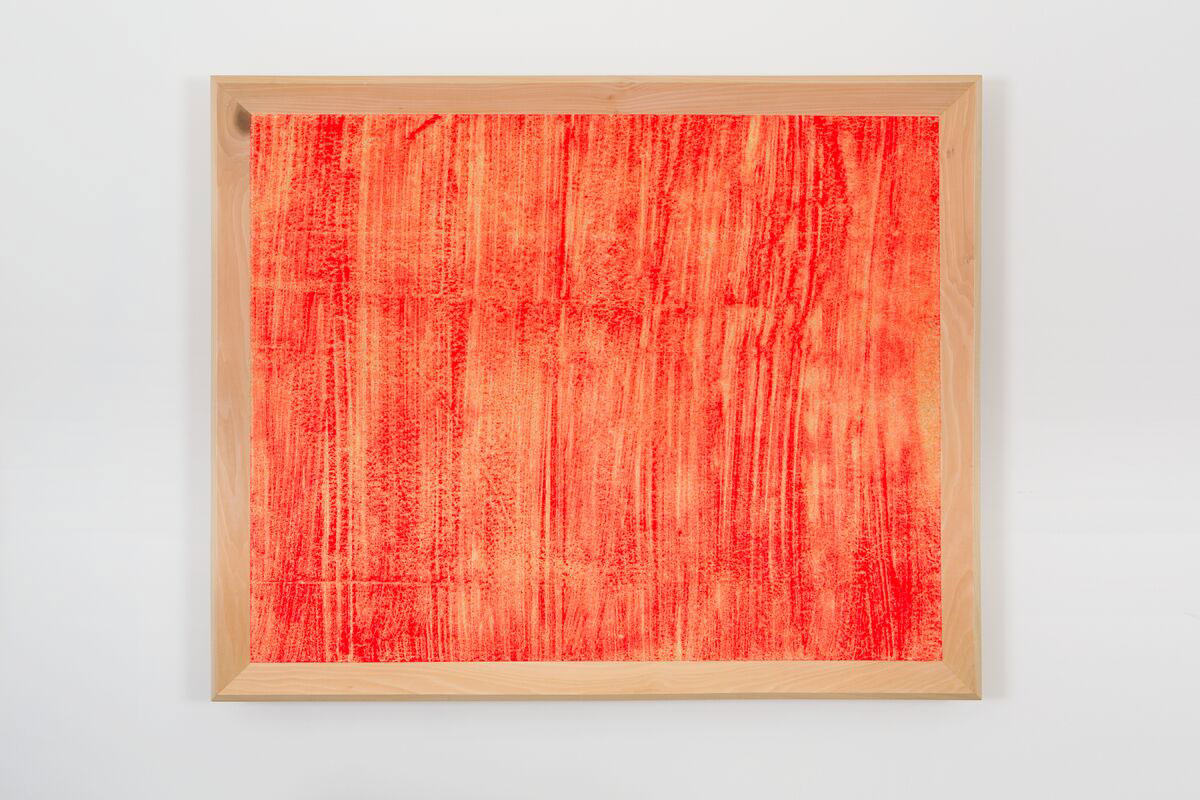 Since the late 1970s, Mike Kelley has produced a body of work that takes as its target notions of taste, morality, authority, and social responsibility and addresses the American social and psychological condition. The artist grew up in a working-class community in the suburbs of Detroit, where he became involved with the counterculture scenes of rock and free jazz, from Iggy and the Stooges to cosmic jazz musician Sun Ra, that became ideal critical tools for subverting ideological orders.
Since the late 1970s, Mike Kelley has produced a body of work that takes as its target notions of taste, morality, authority, and social responsibility and addresses the American social and psychological condition. The artist grew up in a working-class community in the suburbs of Detroit, where he became involved with the counterculture scenes of rock and free jazz, from Iggy and the Stooges to cosmic jazz musician Sun Ra, that became ideal critical tools for subverting ideological orders.
By Dimitris Lempesis
Photo: Hauser & Wirth Gallery Archive

The exhibition “Mike Kelley. Timeless Painting” features paintings from different series created over a 15-year period, between 1994 and 2009, spotlighting the breadth of the Mike Kelley’s engagement with the medium of painting. Featuring examples from 12 bodies of work, including “The Thirteen Seasons”, “Cult Paintings” and “Missing Time Color Exercises”, the exhibition takes both its title and conceptual starting point from the series that gave rise to many of the works on view, and for which Kelley said “the compositional approach is to be read as outside of the influence of historical aesthetic development”. Also, for the first time in the United States, is on presentation the mixed-media installation “Profondeurs Vertes” (2006) the artist’s ode to paintings in the collection of the Detroit Institute of Arts that captivated him as a young person. The Curator of the exhibition, looked to Kelley’s expansive and meticulously detailed document, “Educational Complex Onwards (Project-related Flow Chart)”. Published in connection to a 2008 exhibition, this chart was created by the artist to articulate the interstitial relationships between 40 different bodies of his work related to the titular project, “Educational Complex” which aimed to reproduce from memory every educational institution the artist attended. The curator has employed the chart not only as a guide to Kelley’s thought processes and ideational framework for various bodies of work but also as a key to the particular terminology and identifications he attributed to each body of work. The “Timeless Paintings”, which include “Timeless Paintings #1 – 10”, “The Thirteen Seasons” and the “Cult Paintings” amongst others, are featured within the Flow Chart due to their explicit relationship with Kelley’s formative educational experiences, specifically his time as an undergraduate student in the art school at the University of Michigan. Through these series, the artist returned to the manner in which he had been taught to paint. Though Kelley had long since rejected those teachings, he appropriated and twisted them for this group of works. “Timeless Painting #8” (1995) is an example with its distinct patches of red, yellow, and blue that together generate an illusion of space within the pictorial field. As suggested by their titles, works from “The Thirteen Seasons” series reflect seasonal motifs while, in contrast, the “Cult Paintings” possess a more sociopolitical bent in their evocation of repressed trauma and abuse. Both of these bodies of work deploy painterly techniques, subvert the standard rectangular canvas, and use imagery culled from American culture. Another group of works uses numerous issues of “Sex to Sexty” (a magazine he referred to as the ‘bible of hick erotica’) arranged chronologically in quasi-Minimalist framed grids, leaving blank spaces for the missing issues. In “Missing Time Color Exercise #3” (1998) as well as all other works in the series, these blank spaces are occupied by painted rectangles of custom mixed colors devised to balance, or fill-in, the color and composition of the missing magazine covers. A complementary series, “Missing Time Color Exercises (Reversed)”, applies the same strategy to a collection of issues absent from the first. “The Thirteen Seasons (Heavy on the Winter): Art” (1994 functions as a prelude to his “Wood Grain Paintings”. “Wood Grain #7” (2003) for example, manifests the same idea in an expanded rectangular format, adhering more closely to a traditional concept of painting, but not without a self-referential flourish. Originally created to accompany a 2006 exhibition of 19th Century American painting at the Louvre Museum in Paris, “Profondeurs Vertes” is on view for the first time in the United States. Composed of 3 video projections, one oil painting, seven drawings, and an original sound score, this installation pays homage to several paintings in the Detroit Institute of Arts collection that exerted a profound effect on the young Mike Kelley. The
Info: Curator: Jenelle Porter, Hauser & Wirth, 548 West 22nd Street, New York, Duration: 12/1119-25/1/20, Tue-Sat 10:00-18:00, www.hauserwirth.com
